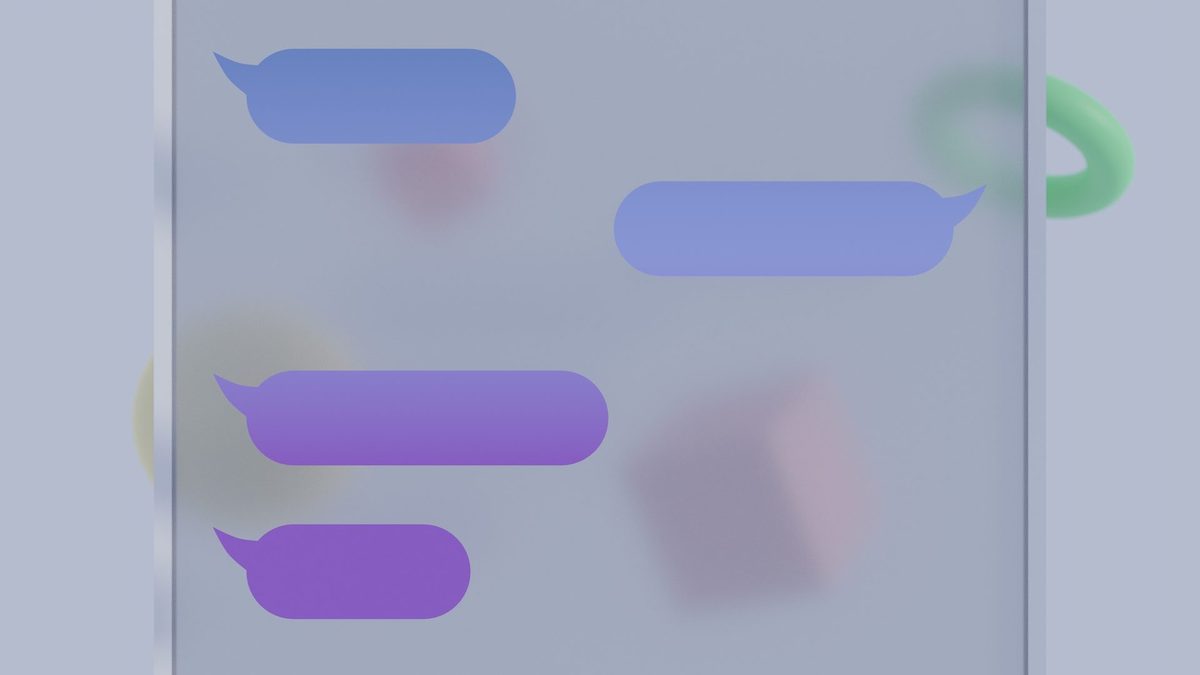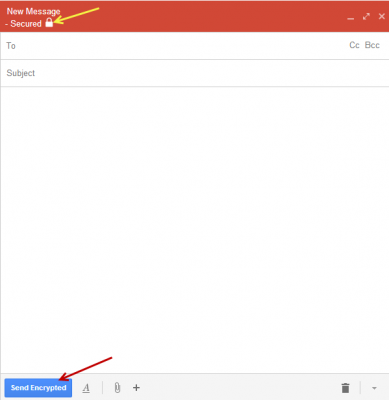

Yes, the email will disappear from the recipient’s inbox, but they remain in your Sent folder, which is again accessible by Google, along with hackers, governments, and anyone with even basic technical knowledge.

If you’re under the impression that setting an expiration date for your messages will keep communications ephemeral, we have (bad) news for you. Your email will disappear, right? Wrong.Įmails sent via Gmail aren’t private because Google can always read every message you send and receive. There’s no doubt that Gmail’s confidential mode is good, but it’s also inadequate. So make sure you enter the recipient’s right phone number (and not your personal number!) before hitting send. In the case of SMS passcode, the recipient gets a passcode by text message. ‘No SMS passcode’ allows recipients using the Gmail app to open the email directly recipients who don’t use the Gmail app will be emailed a passcode instead. You’ll also have the choice to select between No SMS passcode and SMS passcode. Step #4 You’ll see options to set an expiration date and passcode for your email, which will affect both the message content and any attachments you send through Gmail. In case you’ve already turned on confidential mode, go to the bottom of the email and then select Edit. Step #3 Click on the Turn confidential mode on/off icon located on the bottom right hand of your screen. Here’s how you turn on the confidential mode: It also disables the recipient from copying, pasting, downloading, printing, and forwarding the email.
#SEND ENCRYPTED GMAIL PASSWORD#
Turning on this mode gave users the option to either set an expiration period for the email or a password that the recipient will have to enter to access the email’s content. Method 1: Using Gmail’s Confidential Modeīack in April 2018, Gmail unveiled a confidential mode that allows users to optionally activate confidential mode from within the composer. Precisely why you should follow our step-by-step below to encrypt your messages before sending out emails. Moreover, if you send emails to a mail server that doesn’t support TLS, your messages won’t be encrypted at all! The bad news? There’s no guarantee that all the messages you send will remain private or available only to the intended recipient once it reaches the destination mail server.

The good news is that most major mail providers do support TLS. The catch here is for this Gmail encryption to work, the person whom you’re emailing should also use a mail service that supports TLS. Google does have a standard method of encrypting emails sent on Gmail – it’s called Transport Layer Security or TLS. Read on as we give you a step-by-step rundown of how you can encrypt your email in Gmail and Outlook, along with other options that you can explore to ensure your privacy remains uncompromised.

Whether your email messages contain social security numbers or general contact information, you must make a point to encrypt all your emails – ones with sensitive information and ones without – to keep hackers away. Obviously not! Instead, what you should do is embrace email encryption.Įncrypting emails refers to the practice of disguising the content of your emails to protect them from unwanted and prying eyes. So what should you do to stop it? Stop opening emails that contain attachments? Or not use email at all? There might also be times where unauthorized people may read the private emails you sent to somebody else. This means that there are 1-3 opportunities for you to receive malware or other malicious emails. This option also prevents Microsoft Office 365 attachments such as Word or PowerPoint from being opened by recipients other than the person you sent it to.The average person checks their inbox 1-3 times every day. Outlook's encryption includes the option to prevent forwarding which is especially useful if you want to share confidential data with only a single person. This is a little trickier because it requires setting up an S/MIME certificate in Outlook before the encrypt button becomes available.Īdditionally, it requires both the sender and recipient to be using an email service that supports the S/MIME standard. Microsoft's IRM encryption is easily enabled at send-off by clicking the encryption button built into the email interface. These options are available through web browser, Microsoft's Mail app, and the Outlook mobile apps. Microsoft 365 supports S/MIME encryption and Microsoft's native message encryption under its Information Rights Management (IRM) feature for its paid subscribers.
#SEND ENCRYPTED GMAIL HOW TO#
Related: How to Encrypt Your Gmail, Outlook, and Other Webmail


 0 kommentar(er)
0 kommentar(er)
